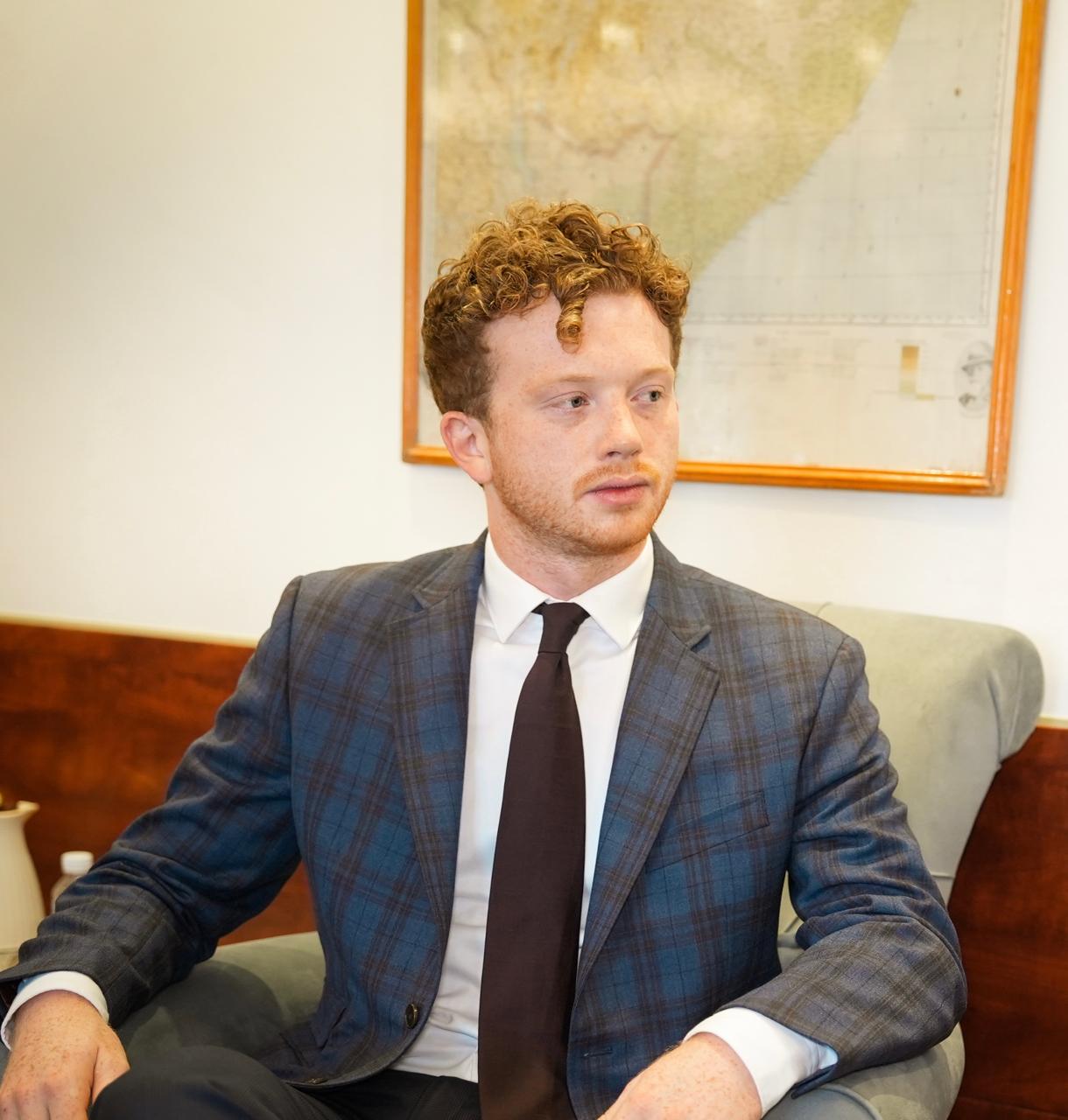At the summit of the Organisation of Turkic States in October 2025, Ankara revived a decades-old dream: the Unified Turkic Alphabet.
The plan aims to give Turkic-speaking nations, from Turkey and Azerbaijan to Kazakhstan, Uzbekistan, and Kyrgyzstan, a shared Latin-based script.
It sounds technical, even bureaucratic. But behind it lies something far more ambitious: a re-stitching of cultural identity across a vast region once cut apart by empire and ideology. The 34-letter alphabet, officially announced in Baku in September 2024, represents the first major linguistic unification effort since the dissolution of the Soviet Union.
A Common Script for a Divided Family
The countries in question already share deep linguistic and cultural roots. Their languages, Turkish, Azerbaijani, Uzbek, Kazakh, Kyrgyz, and Turkmen, descend from the same Central Asian tongue spoken by nomadic tribes who migrated westward a thousand years ago.
Modern Turkey is their western branch; the others were folded into the Russian Empire and later the Soviet Union, which imposed Cyrillic script as part of its cultural policy.
At the Gabala summit, President Erdoğan presented leaders with copies of works by Cengiz Aytmatov and the Oğuznameler printed in the common Turkic alphabet, marking a symbolic first step toward practical implementation.
From Empire to Influence
To Moscow, the new alphabet is not just orthography. It is geopolitics. Cyrillic was once a symbol of Soviet unity; abandoning it feels like a declaration of independence. Ankara insists the move is about cultural cooperation, not confrontation. Yet few doubt that it also strengthens Turkey’s soft power.
A shared alphabet would make Turkish media, technology, and education more accessible across Central Asia. It would knit together millions through common literacy, an invisible network linking the steppes to the Bosphorus. In that sense, the Unified Turkic Alphabet is a twenty-first-century Silk Road: not for goods, but for words.
Progress and Its Pace
For younger generations, the shift to Latin letters fits naturally with the digital world.
Phones, keyboards, and online platforms are already designed for it. But for older citizens, the change feels like dislocation. Many learned to read and write in Cyrillic. Their books, diplomas, and memories are tied to those letters. A new alphabet can feel like a new identity, exciting for some, bewildering for others.
Language reform has always walked that line between renewal and rupture. When Turkey itself switched from Arabic to Latin script in 1928, literacy rates initially dropped, but the reform helped modernise education and connect the republic to Europe.
Now, nearly a century later, Ankara is offering a similar bridge eastward, a way for the Turkic world to synchronise not just its alphabets, but its ambitions.
Beyond Scripts: A Cultural Shift
The change is not purely symbolic. Writing systems shape access: to media, to trade, to global platforms. Latin script works more seamlessly with modern coding systems, enabling local languages to thrive online. That practicality often hides the poetry. Alphabets, after all, are how we store memory.
There is something admirable in the adaptability of Turkic societies. Across Central Asia, people navigate multiple writing systems daily: Cyrillic, Latin, sometimes Arabic. The same versatility can be seen across North Africa, where Latin, Arabic, and Tifinagh coexist. While much of the Western world depends on a single script, these regions embody multilingual resilience.
The Unified Turkic Alphabet might, in the end, be less about standardising than about celebrating that flexibility: showing that cultural unity need not erase diversity, only harmonise it.
Between Russia and the World
Russia’s unease is understandable. Losing the cultural influence of Cyrillic means losing part of the glue that once bound the post-Soviet space. Yet influence is not ownership. Central Asia’s younger generations are looking both ways: toward Moscow for history, and Ankara for modern connection.
Some analysts in Moscow and Europe have described Ankara's cultural outreach as a form of Pan-Turkism, a term that evokes twentieth-century nationalist movements. Yet the alphabet project feels closer to soft power than ideology, a linguistic bridge rather than a political blueprint.
Turkey’s strategy is subtle: no coercion, only attraction. Where pipelines and borders divide, shared language invites cooperation and as other powers project strength through infrastructure or armies, Turkey projects it through words, an alphabet as diplomacy.
The Power of Letters
Alphabets are easy to overlook because they feel permanent. But change one, and everything changes: how children learn, how history is read, how nations imagine themselves. Perhaps that is why Turkey’s initiative resonates so deeply. It is not an act of nostalgia, though it recalls a shared past. It is a gesture toward the future, a belief that communication can rebuild what politics once divided.
Of course, adaptation takes time. Some will hold on to the letters they know, others will rush toward the new. Between them lies the same truth that every society faces: progress must acknowledge memory, not overwrite it.
In the end, alphabets are more than tools. They are bridges between generations, between peoples, and between the voices we once were and the ones we are becoming.
Keep up with Daily Euro Times for more updates!
Read also:
MENA-Asia Tourism Boom: Europeans Want Sophistication, Not Just Bling
Old Rivalries as Leverage: Russia in the Eastern Mediterranean
Türkiye Warns Kurdish Fighters in Syria







